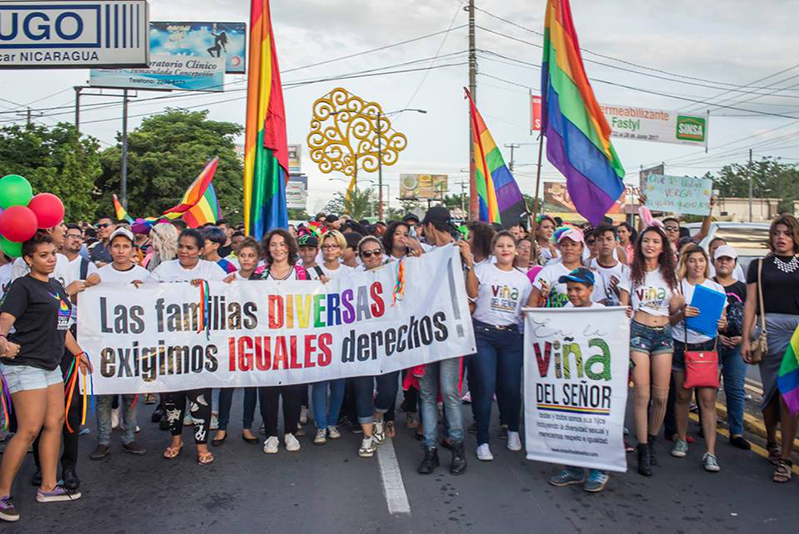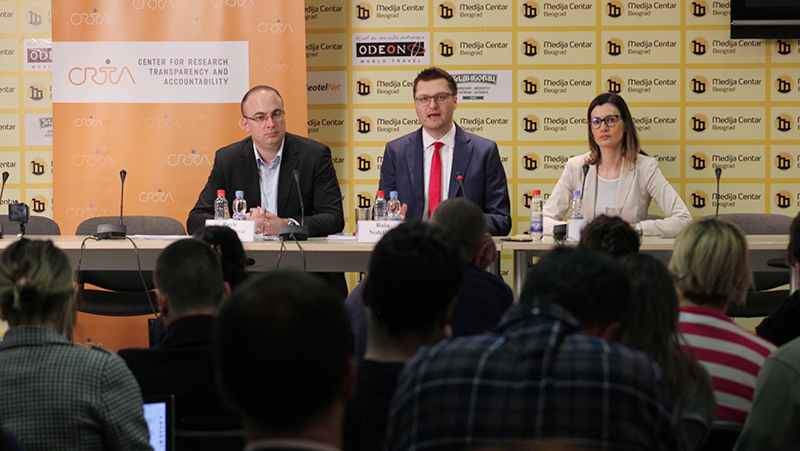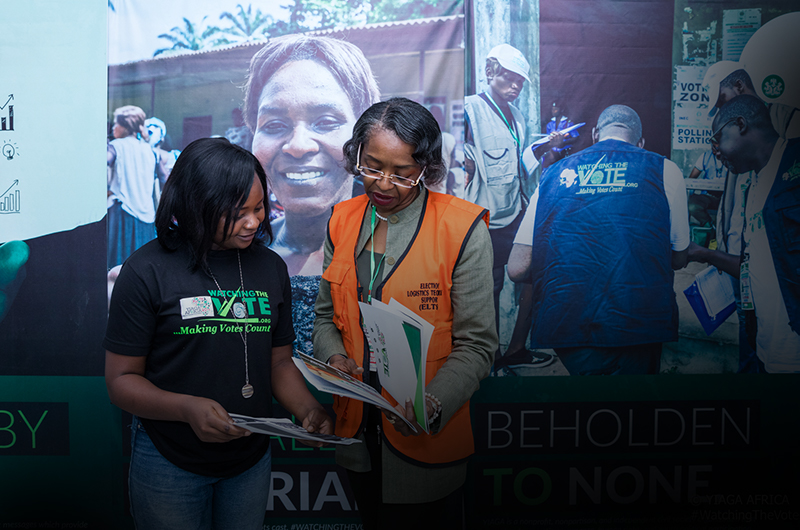11. What Have Others Tried?Case Studies
Case Study: YouTube Stars Interview President Obama
Midway through President Barack Obama’s second term, the midterm elections delivered a dire warning about young voters. In the 2014 elections, Obama’s party lost nine Senate seats and control of the chamber, as well as losing 13 seats in the House of Representatives. Voter turnout was down among all age groups, but especially with millennial voters. With his eye on the 2016 elections and cementing his legacy achievements, Obama sought to engage millennial audiences in the hopes of increasing enthusiasm, turnout, and participation in his political agenda.
Only 19.9 percent of voters ages 18-29 voted in the 2014 midterms, the lowest youth turnout in 40 years and a significant drop from the 24 percent that had cast ballots in 2010 midterms. Obama knew that if those voters remained disengaged and didn’t turn out in 2016 and beyond, many of his signature policy achievements would be in danger of being overturned or weakened – policies like expanded health coverage and a more humane immigration policy for undocumented immigrants who had arrived in the country as children.
Rather than go to the same media outlets that he had relied on up to this point, Obama’s communications team decided to speak to this younger audience through trusted messengers and on platforms and channels that already attracted young people – rather than trying to attract young people to the platforms and channels that Obama was more familiar or comfortable with. His communications team took a broad look at the media and social media landscape and realized that many young people were on YouTube, where YouTube stars unknown to the general public had millions of young subscribers to their channels.

The Obama team reached out to Hank Green, Bethany Mota, and GloZell Green asking them each to interview the president the day after the State of the Union. That is traditionally a time when the president touts his policy vision and agenda in traditional media outlets. Instead, Obama spent 15 minutes each with Hank Green, one of the “Vlog Brothers” with a following of more than 3 million; Bethany Mota, a young woman with more than 10 million followers who creates videos about style, travel, beauty, and cooking; and GloZell Green, the most-followed African American woman on YouTube, whose signature green lipstick and funny videos are watched by her 4+ million subscribers.
While none of the YouTube stars had much (or any) experience with political topics, each shared the common traits of having large audiences that the president wanted to speak to, a different and signature style, and an authenticity that their subscribers trusted and believed in.
To ensure that the interviews and encounters were authentic and “on brand” for the stars’ regular subscribers, the Obama team let the YouTubers be themselves and drive the conversation. The interviews took place at the White House, but each YouTube star brought a backdrop that reflected their personality and brand, making each interview feel different and intimate. Their questions were not vetted by the Obama team and included some that challenged the president and his policies – questions about his use of drone technology, racist policing, and sanctions on North Korea. There were also some moments of silliness, like when GloZell gave President Obama a gift for his “first wife” (instead of calling her the First Lady).
There were also nonpolitical questions that allowed for moments of authentic connection, like when Bethany Mota asked the president what super power he’d choose. (Obama said he’d like to be able to fly or speak every language.)
Obama discussed his legacy with GloZell and the challenges the U.S. faces in the future. Bethany Mota, 19 years old at the time of the interview, asked about why young people like herself should pay attention to politics, and Obama was able to explain the ways politics and government affect young people’s lives directly. “There’s no decision in our lives that isn’t touched in some ways by our laws, and we’re lucky we live in a democracy where our voice matters,” he told her and, by extension, her 10 million subscribers, many of whom had sat out the last election.
The interviews were watched more than 5 million times by a predominantly millennial audience.
Watch the interviews: https://youtu.be/GbR6iQ62v9k
You can also see great examples of Barack Obama using non-traditional platforms and outlets to reach young audiences on Marc Maron’s podcast, Funny or Die, Buzzfeed, and Vine.
Case Study: Telling Stories in Support of LGBTI Rights
In Nicaragua, where stigma and discrimination of LGBTI (lesbian, gay, bisexual, trans, intersex) people is pervasive, activists from the LBGTI community were trying to grow their political power in order to pass a nondiscrimination ordinance to protect themselves and their communities. The activists knew they didn’t wield enough political power by themselves and would have to recruit a critical mass of allies and supporters from outside their community to support the ordinance if it had a chance of passing.
NDI brought together a diverse and representative group of LGBTI activists to better learn about the audience and design an effective campaign to communicate with the target audiences to persuade them to join the cause and support the anti-discrimination ordinance.
To better understand their target audiences, first the activists worked with NDI to design a nationwide study on attitudes toward LGBTI people. They wanted to identify how those audiences thought about their communities, how those attitudes came about, and what influenced them. The activists wanted a sense of what messages might work for straight audiences, instead of trying to guess or impose messages that resonated within the LGBTI communities but might not connect with those outside those communities.

The research uncovered some interesting opportunities. A large percentage of those polled recognized LGBTI rights in the abstract, but a much smaller percentage of those people reported a willingness to act in support of those rights. Of those who did report a willingness to act in support of those rights, a very high percentage also reported having an LGBTI family member or loved one. When asked where the stigma or discrimination against LGBTI people came from, most respondents recognized it came from the Catholic Church – the predominant faith in Nicaragua. Most of those who reported that they had LGBTI family or loved ones also reported that they were regular church-goers.
Based on these findings, the activists decided to amplify the stories and examples of straight people who had become allies to LBGTI rights because of their personal connections to LGBTI people. They hoped to humanize the issue to people who might not have a close family member or loved one who was LBGTI, and create recognition and empathy with those who did.
They also decided to use explicitly faith-based, biblical language and messaging, to provide new allies a path to reconcile their faith with support for LBGTI rights. This was not necessarily the frame or message the activists would have used to describe themselves or within their communities, but it was important to use a frame and message that their target audience was comfortable with and steeped in.
The resulting communications campaign was called “In The Lord’s Vineyard.” The website, www.enlaviñadelseñor.com, includes a library with “postcards” and video stories created to resonate with the target audience of straight people open to becoming allies for LBGTI rights.
The original postcards and videos were created by the campaign. The activists discussed and selected those they wanted to have share their stories so that they were representative of the target audiences and messages they wanted to get across. Then those people were interviewed with specific questions to shape and elicit the “journey” narratives at the heart of the campaign.
With the campaign’s curated content at the heart of the site, followers and fans of the campaign could submit their own stories and photos, and a few of them were added to the website using existing templates. This dual approach of proactively seeking out specific narratives while also allowing users to submit their own allowed the campaign to control the message while remaining participatory and collaborative with the audience.
The campaign was also active on Facebook, the most popular and widely used social media platform in Nicaragua. The Facebook page was used to disseminate the multimedia stories to a wider audience, direct people back to the website, and interact with the audience by answering questions, receiving feedback, and connecting those who wanted to become active allies with campaign opportunities.
Several months after launching “In The Lord’s Vineyard,” the group presented a nondiscrimination ordinance to the Managua City Council and Mayor’s office. That was accompanied by a campaign to enlist allied businesses to establish themselves as “discrimination-free zones.” To date more than 40 businesses have signed on.
While the ordinance has not yet been passed, the group continues to build support for it by targeting key audiences like businesses and straight allies with its messaging, in order to get them more involved in the issue and demonstrate wide support among different, powerful demographics.
Case Study: Live Streaming Election Day
In Belarus, where political competition is severely restricted and political organizing can be challenged or stopped by the government, a coalition of opposition political parties came together to both observe and contest the elections. Right To Choose (R2C) engages in pollwatching for each election – elections that are compromised in a variety of ways by the government.
R2C seeks not only to inform the public of problems with the election, but also gives evidence of unfair election practices to the candidates that are harmed. They want to both document electoral problems but also spur change in how elections are carried out, and increase the competitiveness of elections to level the playing field and ensure that more people have a fair chance of winning office.
In previous years, R2C had grown more sophisticated and skilled at its observation efforts, but communicating about those efforts and findings was stunted. The group would primarily put out a press release and hold a press conference – too often those press conferences were long and unfocused. In addition, the media environment in Belarus is incredibly restricted – there is simply no way that state-run print and broadcast outlets were going to report on R2C’s findings. These tactics weren’t able to break through and couldn’t reach the mass audience required to gain momentum for change.
Every year after their observation efforts, R2C coalition members come together to assess what went right and what they can do better. Out of these discussions they came to the conclusion that their press release and press conference model was not achieving their goals. They evaluated how people were used to receiving news and how they could reach the large-scale audiences they needed. Live streaming had proved to be a popular and effective way to broadcast protests, and – crucially – audiences had become used to consuming news and accepting the authenticity of these live streams.
Building on this insight, the R2C team decided to center their communications strategy for the next elections on live streaming. The team set up an Election Media Center and scheduled programing throughout the day with news, analysis, candidate interviews, and streams from poll watchers in the field. They planned all their content out for the day and scripted what they could to limit dead airtime and ensure that important messages were emphasized. They partnered with TV and radio outlets that were open to their message, providing not only wider reach but a further level of professionalization and expertise. R2C invested in a multicast tool and software, which allowed them to live stream simultaneously to all the major social media platforms and professionalize transitions and the appearance of the live stream. They also hired someone with enough technical proficiency and experience to run the live stream throughout the day.
On election day, within the first 35 minutes of the media center being active, internet access was shut down by the government. The team had anticipated such a crisis and moved quickly to a second location. They were able to live stream from that second location for the rest of the day although internet access was sporadic at times.
In the lead up to election day, R2C had trained and equipped candidates and poll watchers to live stream their findings. In anticipation of equipment being confiscated or access being restricted, poll watchers were briefed not to start live streaming until something newsworthy happened – that way the team was able to focus on live streaming election irregularities and weren’t wasting their brief window of opportunity on less important content.
The live stream was watched by more than 300,000 people on election day and shared by social media influencers and media. It proved to be a much more successful approach than relying on the media itself to be the gatekeeper and disseminator of their findings.
Case Study: Creative, Ongoing Tactics for Increased Engagement
One major challenge facing CRTA, the civic election observation group in Serbia, was the declining rates of voter participation among Serbians. Participation in voting had been declining since 2008, and by 2016 CRTA felt it was important to re-engage the public and educate them on how important it was to participate in elections and how to protect their own rights while doing so.
CRTA employed a number of strategies and a variety of channels and products to accomplish this goal, in order to reach their key audiences with messages that would resonate.

The group worked to make its messaging simple and relatable, employing common metaphors that people could relate to to make the electoral process and principles more interesting to regular people. They worked to frame statistics on why elections are important within a human context, showing how each statistic related to real people, and making infographics and short Q&As to emphasize this point.
To raise awareness of people’s rights and responsibilities in the voting booth, CRTA created a series of videos with actors simulating common scenarios encountered at polling stations to show people what behaviors were violations of their rights. They re-enacted common ways that bad actors might try to control voting behavior and how to voters could protect themselves and their rights.
They also used social media to bring transparency to previously-secretive processes. They live tweeted from inside local electoral commission sessions, meetings that had previously been closed to the public, with a live report of what was being said and done. CRTA observers’ live tweets from within the sessions were the public’s first glimpse into the recklessness and lack of professionalism of the commissions. The live tweeting built the group’s following and credibility, along with bringing increased transparency to the process. CRTA also deployed observers to the locations where ballots were printed to tweet and live stream that process, to bring light to that process and get people engaged in the elections before election day.
“You have to have content about the elections continuously,” said Jovana Djurbabic, the communications manager of CRTA. “Not just when the campaign starts, but a continuous effort on how to find ways to interest people.” By deploying different strategies and types of communications all year-round, CRTA has increased interest and engagement in the electoral process in Serbia.
Case Study: “Communications Is Everyone’s Business”

The communications team of Nigerian election observation group YIAGA AFRICA consists of five staff members: one to write and produce video and radio content, a photography editor, a web manager to update and manage the website, one person to manage the blast email and text program, and a graphic designer who works on social media and infographic content. Together, the team works to normalize and integrate more participatory practices into Nigeria’s political system – like the importance of young people running for office and the importance of registering to vote.
However, the communications team is aware of the limitations even of a five-person team. To increase the internal capacity of their organization, the communications team has trained and empowered all staff at YIAGA AFRICA to be effective communicators and offer additional support to the team when time allows.
“Communications is everyone’s business,” says Moshood Isah, the communications officer of YIAGA AFRICA. “There is a communications team, but generally, everyone at the organization is responsible.”
To distribute communications knowledge and skills to all members of the staff, the communications team organizes regular trainings for the full staff. The team has conducted trainings on writing for the web, how to use hashtags and why, how to write news stories for the media, how to speak to media and stay on message, and on other aspects of communications vital to the organization’s success.
For example, ahead of a PVT, the communications team knew that they would have to hold their results until after the electoral commission released the results. To ensure that that strategy was effectively carried out, the communications team trained all staff on why and how to keep the results private, and when and how to publicize them at the appropriate time.
By training the larger staff in basics of good communications practices and strategy, the team has been able to broaden its reach and influence. Non-communications staff feel comfortable contributing to the website, creating social media content, and talking to the media. The increase in capacity also frees up the communications team to do some of the higher level tasks and strategizing to allow them to plan for the future and make the organization more prevalent and effective.